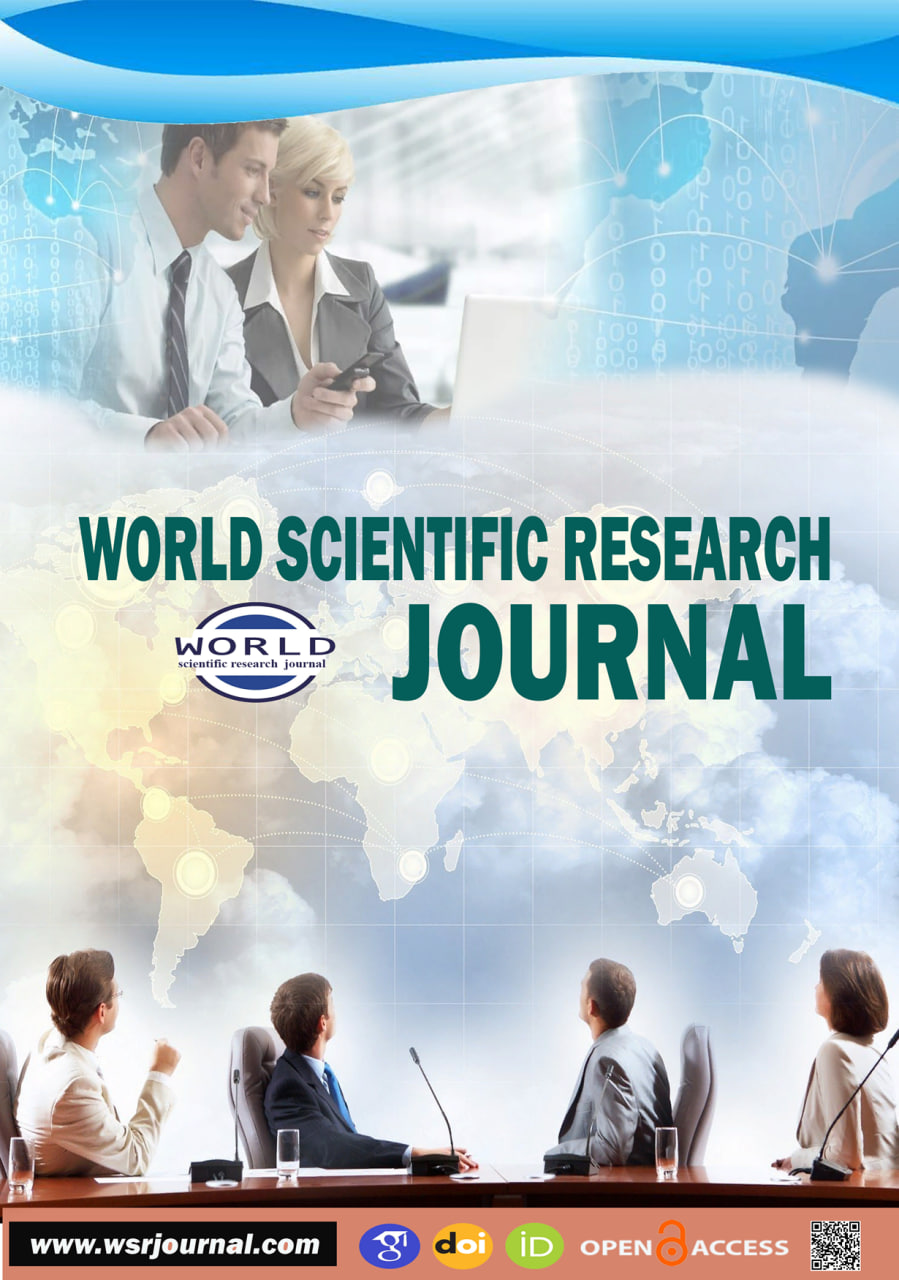ENGINEERING THE ENERGY TRANSITION: RENEWABLE ENERGY INNOVATIONS, APPLICATIONS, AND FUTURE TRENDS IN SOUTH KOREA AND UZBEKISTAN
Keywords:
Keywords: Renewable energy; mechanical engineering; South Korea; Uzbekistan; smart grids; hydrogen economy; battery energy storage systems (BESS); digital twins; AI-driven forecasting; predictive maintenance; solar PV; offshore and onshore wind; grid modernization; KAIST/KEPCO collaboration; bilateral Uzbekistan–Korea cooperation; 2025–2030 energy transition.Abstract
The global shift toward renewable energy is reshaping the mission of mechanical engineering. Rising electrification, net-zero mandates, and digitalization demand systems that are efficient, durable, and software-defined. This article examines how renewable energy systems advance through mechanical design, AI-enabled optimization, and smart-grid integration, using South Korea and Uzbekistan as complementary case studies. South Korea combines major Green New Deal investments, smart-grid development plans, and close collaboration between universities and industries to support the fast expansion of energy storage systems, hydrogen infrastructure, and large-scale solar and wind projects. Uzbekistan, meanwhile, is executing a fast transition: leadership has raised the 2030 renewable electricity target to 54%, paired with grid modernization and utility-scale solar/wind build-outs. Bilateral links — IT Park Uzbekistan’s Seoul office, joint forums, and technical cooperation — create a practical corridor for technology transfer and workforce development. The paper argues that engineers fluent in digital twins, predictive maintenance, power electronics, thermal/structural reliability, and lifecycle carbon analysis will be central to scaling renewables. A forward-looking roadmap outlines how policy, R&D, and industrial pilots can align to accelerate deployment while safeguarding system stability and cost. South Korea provides a replicable template; Uzbekistan offers a proving ground. Together they form a regional engine for the energy transition.
References
References:
I. Books & Peer-reviewed journal articles
1. Park, S., & Lee, J. (2023). AI in Renewable Power Systems: Forecasting and Control. Springer Nature.
2. Karimov, B., & Rustamova, G. (2024). Renewable Energy Development in Central Asia: Opportunities and Challenges. Springer Nature.
3. Aliyev, A., & Masdar Research Group. (2024). Engineering Bifacial PV Modules for Desert Climates. Elsevier Energy Press.
4. Zhou, Y., et al. (2024). “Digital Twin-Driven Online Intelligent Assessment of Wind Turbine Gearboxes.” Wind Energy, 47(5), pp. 995–1018.
5. Campos, F. D., et al. (2024). “Short-Term Forecast of Photovoltaic Solar Energy Using AI.” Energies, 17(11), 2582. https://www.mdpi.com/1996-1073/17/11/2582
6. Park, J., & Lee, H. (2024). “Performance Optimization of Dual-Axis Solar Tracking Systems.” Journal of Renewable Energy Engineering, 48(3), 320–341.
7. Kim, S., & Cho, M. (2024). “Carbon-Neutral Composites for Renewable Energy Applications.” Applied Energy, 312, 118–137.
8. Sayyah, A., et al. (2022). “Energy Yield Loss from Dust on Solar Panels.” Applied Energy, 305, 117865.
9. Bessa, J., et al. (2023). “AI-Based Soiling Detection for Solar Systems.” Renewable & Sustainable Energy Reviews, 184, 113438.
10. Siddikov, D. (2024). “Thermal Management Strategies for High-Efficiency Inverters.” IEEE Transactions on Power Electronics, 39(8), 9821–9836.
11. Lee, H., & Choi, J. (2023). “Thermal Management in BESS-Integrated PV Systems.” IEEE Transactions on Energy Systems, 38(7), 7663–7674.
12. Liu, S., et al. (2023). “Predictive Maintenance of Wind Turbines Using Machine Learning.” Energy Reports, 9, 5872–5885.
13. Moon, J., et al. (2024). “AI-Powered Smart Agriculture Systems: A Case Study from Korea.” Applied Energy, 315, 119020.
II. Official reports & policy documents
14. Ministry of Environment, Republic of Korea. (2021). Korean Green New Deal: A Blueprint for Global Green Recovery https://www.me.go.kr/eng/web/board/read.do?boardId=1397770
15. Ministry of Trade, Industry & Energy (MOTIE). (2020). Hydrogen Economy Roadmap 2040. Seoul: MOTIE Publications.
16. Korea Smart Grid Association (KSGA). (2024). Smart Grid Roadmap https://www.ksga.org/eng/info/roadmap.do
17. KEPCO R&D Center. (2023). Jeju Smart Grid Demonstration Project Report. KEPCO Technical Series, Vol. 12.
18. International Energy Agency. (2024). Solar Energy Policy in Uzbekistan: A Roadmap by 2030 https://www.iea.org/reports/solar-energy-policy-in-uzbekistan-a-roadmap/a-solar-energy-roadmap-for-uzbekistan-by-2030
19. Uzbekistan Ministry of Energy. (2025). Pilot Green Hydrogen Projects Navoi & Jizzakh https://minenergy.uz
20. Korea Energy Agency. (2024). Cybersecurity Protocols for National Smart Grids https://www.energy.or.kr
III. Corporate & Research lab publications
21. Samsung SDI. (2024) Next-Generation High-Efficiency PV Module Development https://www.samsungsdi.com
22. KAIST Renewable Energy Lab. (2024). Aeroelastic Simulation & Blade Optimization Research https://robotics.kaist.ac.kr
23. KEPCO-KAIST Joint Research Group. (2024). “AI-Based Thermal Optimization for Battery Energy Storage” Journal of Applied Energy Systems, 67(4), 215–243.
24. GE Renewable Energy. (2024). Smart Turbine Load Management with Predictive Analytics https://www.ge.com/renewableenergy
25. Hyundai Research Institute (2024). “Membrane-Electrode Assembly Optimization in Hydrogen Fuel Cells.” International Journal of Hydrogen Energy, 49(2), 1783–1795
26. KNU Offshore Energy Institute. (2023) “Floating Wind Turbine Hydrodynamics: A Simulation-Based Analysis” Ocean Engineering Journal, 196, 107450
IV. Web sources

